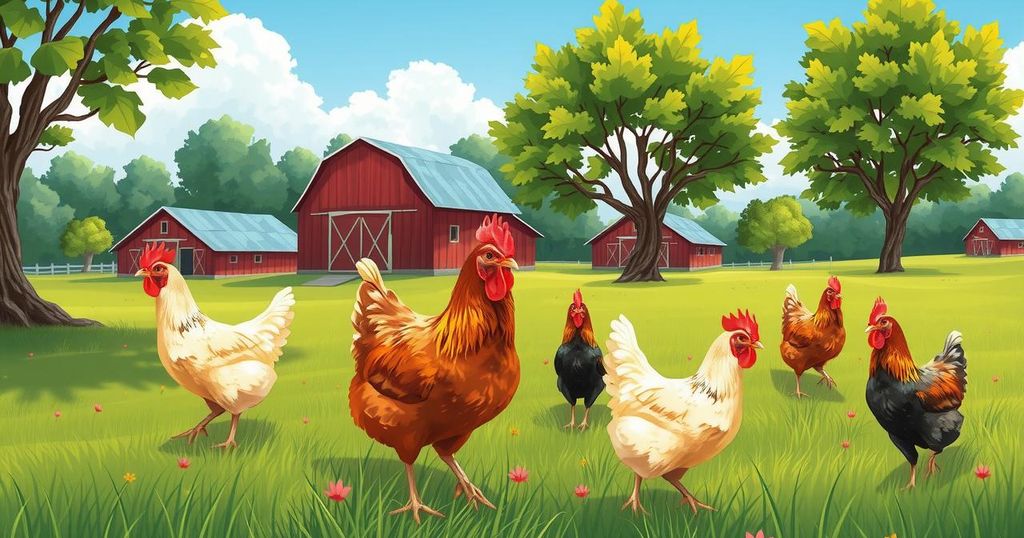Venezuela’s poultry industry is rebounding, growing from 209,181 MT in 2018 to 477,627 MT currently. Per capita egg and chicken consumption have significantly risen. Despite challenges like hyperinflation, production is expected to increase by 36% by 2025, and there are plans for exports to nearby Caribbean nations.
The Venezuelan poultry industry, once one of the region’s leaders, is experiencing a resurgence after significant declines in production. Initially visited in the 1990s, Venezuela’s prominence in the poultry market faded due to economic downturns and loss of foreign currency access, affecting production capabilities and consumption levels. Consumer demand for chicken and eggs fell to the lowest in Latin America at that time.
Recent positive signs emerged during the National Poultry Congress (Fenavi Venezuela), where companies showcased their brands and products. After bottoming out at 209,181 metric tons (MT) in 2018, chicken production has increased to 477,627 MT annually, although still lower than 2013’s 1.2 million MT. Per capita egg consumption grew from 108 to 170, and chicken consumption rose from 17.14 kg to 21 kg.
In preparing for the WATT Poultry International’s April 2025 edition, the rapid growth of local production was noteworthy. Yet, challenges remain, including hyperinflation at 90% annually, competition for yellow corn import permits, potential decreases in population, and possible U.S. tariffs on Venezuelan oil, complicating the economic landscape.
Nonetheless, projections indicate a potential 36% increase in poultry production by 2025, with plans to export products to Caribbean nations. The Venezuelan poultry industry is, despite challenges, steadily growing, warranting attention from observers and industry stakeholders alike.
The Venezuelan poultry industry is on the path to recovery after enduring a dramatic decline. Encouraging growth in production and consumption, highlighted by upcoming expansions, contrasts with ongoing economic challenges such as hyperinflation. Future potential, including exports and production increases, reflects a pivotal moment for the industry, suggesting a cautiously optimistic outlook moving forward.
Original Source: www.wattagnet.com






